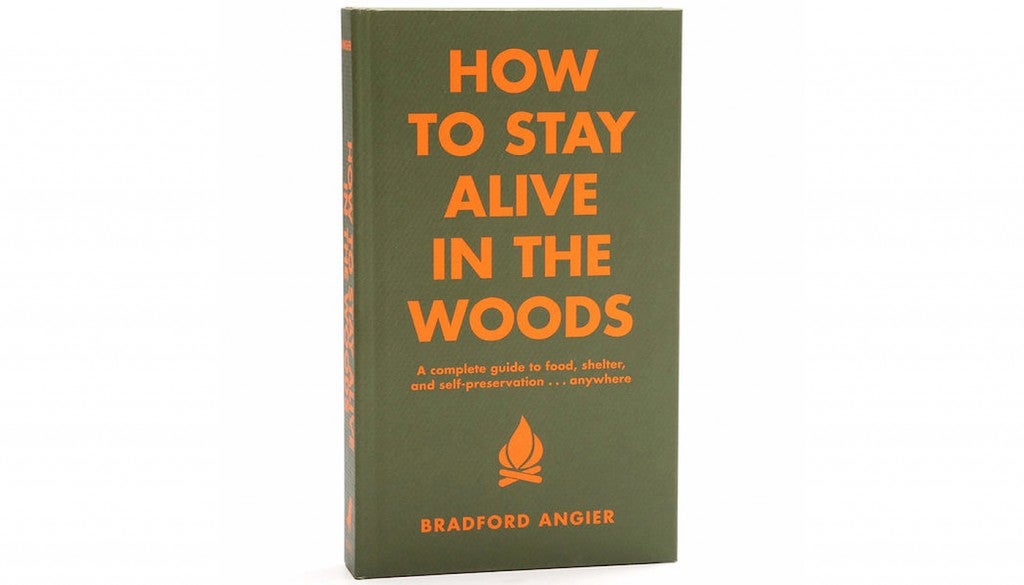
It makes sense to mention that these should be far from camp, buried, and not uphill from said campsite should it rain or leak down. They typically look like leaves sunken in the water, but can be seen moving much unlike a leaf if they detect prey.Īdvice on how to deal with 'leavings' while surviving in the wilderness. Best to avoid them entirely if it can be done. While I am not a survival expert, and more research should be done by the reader (or the author whom wishes to write a survival book), I have been taught that leeches should be left alone until finished, simply because causing the leech stress could cause it to vomit harmful bacteria into your bloodstream.

Leeches love stagnant water, stagnant water being still or non-moving water, typically warm/hot. Better to see the information and say 'oh, I already know this, I can skip this chapter', than leave it out entirely. This may seem obvious, but when writing a book about survival, you should assume the person reading the book knows nothing on the subject matter. How to deal with leeches, and how to tell stagnant water from non-stagnant water. Knowing how to secure a bear bag to prevent your camp being ransacked is an important skill! You may have food or some attractive smelling items (to a bear) on your person or in your camp. I will list and explain what should have been added to the book, below. I definitely am not expert on survival, but there are things I have learned while living in Maine and hiking while there that I think this book missed.

A lack of things I found to be important. Consistency was lost there, but at least there was a correction in the final part. When regarding snakes the section titles them as 'Poisonous Snake Bites', and then mentions 'removing poison', but near the end then refers to it as venom.

I know this is strictly a definition / diction issue, and that both are technically deadly or harmful, but it bothered me nonetheless. Referring to snakes as 'Poisonous' rather than 'Venomous'. That was something I was willing to forgive being that it was easy enough to tell what word they were going for, but added on with the other issues I had, I couldn't leave this out. There were a few typos or miss-spellings in this book.

I plan on getting a physical copy of this book to put in my husband and I's survival kit as soon as possible.Īs for the rating, there are a few reasons this book did not get five stars from me. I learned quite a bit while reading this book, and it has detailed illustrations of following, and much much more: snares, knot types, and shelter construction. was a thorough and pleasantly blunt (which it needs to be) survival guide for those who wish to learn vital methods and techniques for survival in the wilderness.


 0 kommentar(er)
0 kommentar(er)
